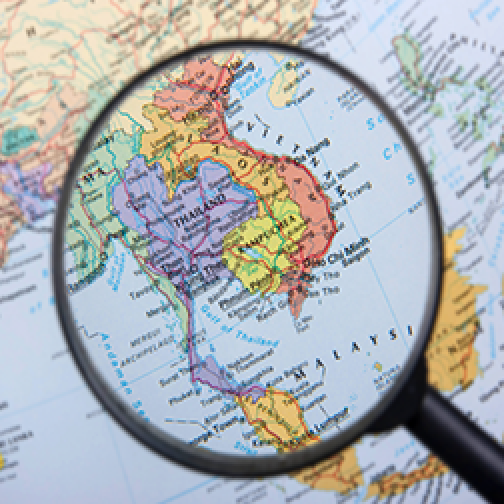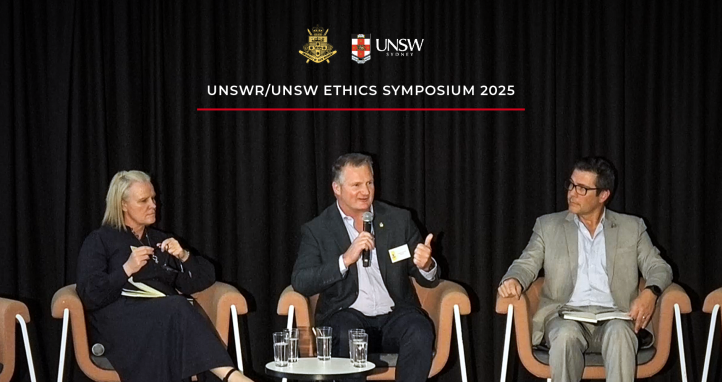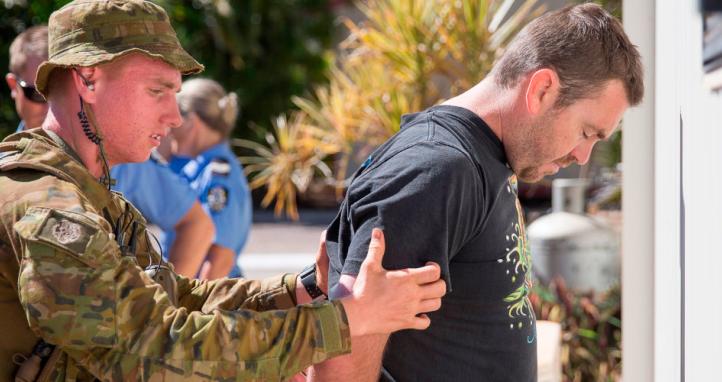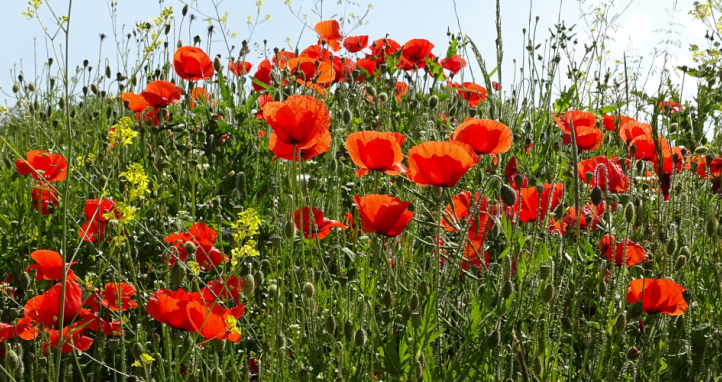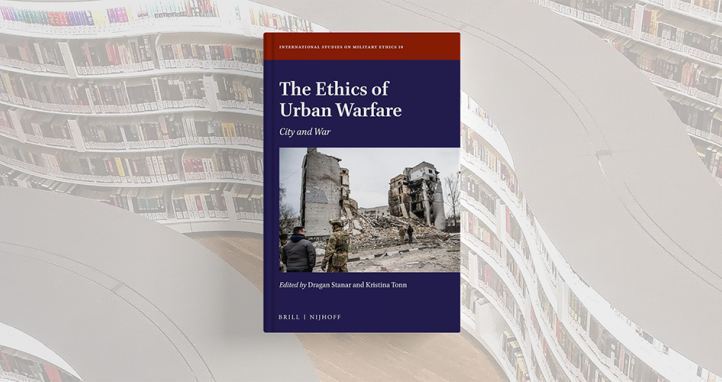Facts and figures
| GDP | $USD 0.15 billions |
| GDP per capita | $USD 10,125 |
| Currency | AUD (Australian dollar $) |
The ‘Know Your Region’ series is designed to support unit and individual professional military education on the Indo-Pacific region. It’s important for all serving members of our military to have a foundational knowledge of the countries and issues in the Indo-Pacific.
On this page:
- Summary
- Economy and GDP
- Deep sea mining
- Australia and China
Summary
In 1899, geologist Albert Ellis found that 80 percent of the entire island – the raised central plateau Nauruans call “Topside” – was rich in phosphate. The Pacific Islands Company was renamed the Pacific Phosphate Company, and in 1905 a deal was made with Germany to mine Nauru. Over the next decade, Nauru exported hundreds of thousands of tons of phosphate. Miners cleared the scrub, ferns, and trees, scraped away the topsoil, and dug the ore out of the pits and crevices of the ancient coral underneath. Little care was taken to protect or conserve the environment.
By the early 1920s, Nauru was exporting approximately 200,000 metric tons of phosphate a year; two decades later it was more than four times that – all priced well below the world average to subsidise farmers in Australia, New Zealand, and Great Britain. By the time Nauru gained independence in 1968, more than 35 million metric tons of phosphate had left its shores.
Nauru continued its mining operations knowing reserves would only last a generation or two. To safeguard its future, a Phosphate Royalties Trust was created, valued at over A$1.7 billion at its peak. At this time, the country’s per capita gross domestic product was second only to Saudi Arabia. While most of the population did not lead a luxurious lifestyle, the government bought cruise ships, aircraft, and overseas hotels, while politicians chartered flights to shop and vacation abroad.
The royalties from the trust were squandered in the years following independence due to financial mismanagement, corruption, doomed-to-fail state investments (including, notoriously funding a disastrous West End musical based on the life of Leonardo da Vinci).
Acknowledging the extent of environmental damage caused by over-mining, Australia proposed to resettle Nauruans in Australia, including an offer in 1963 of citizenship and limited self-rule on Curtis Island, just off the coast of Queensland. Nauru declined the offer and instead pursued financial compensation through the International Criminal Court. The two parties settled the case in 1994, with Australia agreeing to pay A$57 million as well as another A$50 million over the next 20 years.
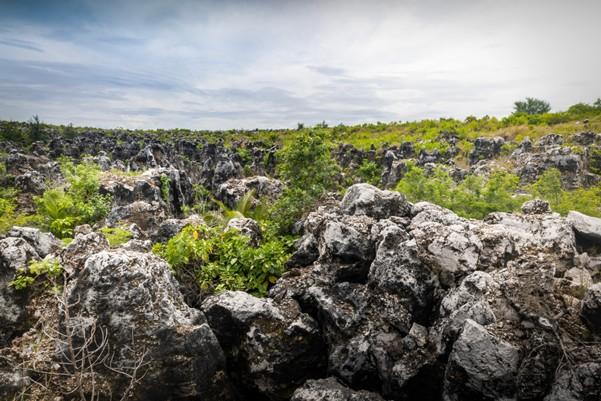
Topside – Extensive phosphate mining – Defence images
In an effort to diversify the economy, Nauru turned to offshore banking, licensing around 400 foreign banks by the early 1990s. Opening an account did not require a visit to Nauru and keeping bank records was optional. Nauru also offered “economic citizenship”: selling Nauruan passports with little scrutiny. While profitable, these schemes turned Nauru into a haven for tax evasion and money laundering with many known undesirables becoming Nauruan citizens. Six alleged terrorists, including two alleged Al Qaeda operatives, were arrested in southeast Asia carrying Nauruan passports.
This did not solve the economic crisis. Desperate for revenue and jobs, in 2001, Nauru made an agreement with Australia to host a detention centre on the island to process asylum seekers attempting to reach Australia by boat. In 2007, Australia shut the detention camp, only to reopen it again in 2012. By 2014 there were more than 1,200 asylum seekers behind bars living in harsh conditions on the topside of the island. The plight of the refugees has drawn international criticism from human rights advocates and the UN who urged the Australian government to close the centres indefinitely. As of January 2025, 100 people are still being held on Nauru. The arrangement accounted for about two-thirds of the island’s total revenue in 2021-22, according to the Migration Policy Institute.
In 2009, Nauru recognised two Russian-backed breakaway provinces in Georgia, Abkhazia, and South Ossetia in exchange for a US50 million aid package from Moscow. It has also switched its recognition of Taiwan to the republic of China in exchange for economic relief. Nauru is once again promoting ‘Citizenship by Investment’ – now called the Nauru Economic and Climate Resilience Citizenship Program. This is despite knowing the scheme will attract individuals intending to commit financial crime.
Pacific Island Nauru's Citizenship Plan: A Lifeline For Survival | World News | WION
Economy and GDP
Nauru’s GDP in 2023 in terms of purchasing power was $154 million, giving it a financial ranking of 195 out of 196 countries. Nauru uses the Australian dollar and does not have an independent central bank. The government closed the Bank of Nauru in 2006, leading to a cash-only economy until 2015 when Bendigo and Adelaide Bank agreed to provide limited financial services. Bendigo bank was replaced by the Commonwealth Bank in 2024.
Agriculture
The destruction wrought by phosphate mining has rendered the island incapable of supporting large scale agriculture or industry. With 80% of the land covered by limestone pinnacles that look almost alienlike, local food production is minimal and mostly confined to small-scale home gardens growing coconut, breadfruit, pandanus, and some vegetables. As a result, Nauru is almost entirely dependent on food imports, making it highly vulnerable to global supply chain disruptions and price volatility. With a diet high in calories and salt from canned goods, Nauru has one of the world’s highest obesity rates, with more than two-thirds of Nauruan men and three-quarters of Nauruan women obese, as well as one of the highest rates of smoking. Around a quarter of all Nauruan adults suffer from diabetes. Alcoholism is endemic too, contributing to domestic violence and frequent drunk-driving offenses, even though there is only 30 kilometres of road. Nauruans have a below average life expectancy of just 67 years. The government, with support from international partners, has implemented small-scale urban agriculture initiatives to improve nutritional outcomes and has prioritised education around health.
Income
With few restaurants and only a handful of hotels, Nauru has little tourism. The otherwise picturesque island is covered with broken and decaying infrastructure, rubbish, and old decaying cars. The largest employers in Nauru are the regional processing operations, the public service, and the Republic of Nauru Phosphate Corporation which is a government-owned company controlling phosphate mining in Nauru.
Nauru’s economy would not function without the involvement of international partners, including assistance from Australia (largely through the regional asylum processing centre), The Asian Development Bank, the International Monitory Fund, China, and UN agencies.
Deep sea-mining
Nauru must increase revenue streams to fund numerous infrastructure projects, including an extension to the international runway, hospital upgrade, and climate change mitigation measures. One of the biggest of these potential revenue streams is deep sea mining of precious metals essential for the clean-energy industry: nickel, cobalt, and manganese. Despite reluctance from other Pacific nations due to environmental concerns, Nauru is hoping to be a test case for seabed mining, granting an exploration license to subsidiaries of The Metals Company (TMC) – a Canadian company.
Australia and China
In December 2024, Australia signed a comprehensive treaty, which saw Australia commit AU$140 million over five years to bolster Nauru's budget and security sectors. This agreement grants Australia veto rights over Nauru's engagements with third countries in areas like security, banking, and telecommunications – effectively limiting external influences. The agreement underscores Australia's intent to reinforce its influence and counterbalance China's growing presence in the Pacific region.
In Jan 2024, Nauru re-established diplomatic ties with China. This move opened avenues for enhanced cooperation in trade, infrastructure, and environmental protection. Trade between Nauru and China has seen a marked increase, with imports from China rising from approximately $873,000 to $13 million between May 2024 and May 2025. China's engagement includes infrastructure projects and potential integration into the Belt and Road Initiative.
Nauru is heavily dependent on the airport to connect with family living overseas and access food, goods, and services. Australia, through the Australian Infrastructure Financing Facility for the Pacific, is partnering with the Government of Nauru on the Nauru Airport Runway Project which involves resurfacing the runway and upgrading critical air traffic control equipment, which will ensure the airport continues to meet international standards. The project will employ Nauruan workers and use local materials, helping to stimulate Nauru’s economy and contributing to its economic recovery from COVID-19.
For further information on Nauru’s economy, see the resources below:
Video
- The Story of Nauru: The Country that Ate Itself
- Who Is Going To Save Nauru? (2001)
- Nauru: How the Richest Country in the World Destroyed Itself (39 mins)
Articles
- How the entire nation of Nauru almost moved to Queensland
- The Rise and Fall of Phosphate Mining in Nauru – PacificOcean.info
- Nauru: Phosphate-rich nation went from world’s wealthiest to bankrupt | news.com.au
- Passports of convenience from the Pacific islands
- The risks of de-banking in the Pacific | East Asia Forum
- Nauru Bulletin 2025 – The Government of the Republic of Nauru
- Environmental Challenges Facing Nauru: A Fragile Ecosystem - PacificOcean.info
- Boy bands and musicals: The secret history of Nauru and its lost wealth – ABC listen
- Nauru Citizenship by Investment Ultimate Guide for 2025
- Nauru: Cash-strapped island nations that will do anything to make a buck
- Nauru, Metals Company revise deep sea mining agreement | RNZ News
- Solid Waste Management in the Pacific: Nauru Country Snapshot
- Conflicting interests and geopolitical competition in Pacific deep sea mining | The Strategist
Know your region
Know Your Region series gives you a shortcut to understanding other nations in the Indo-Pacific region.


